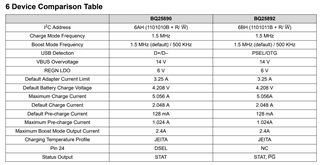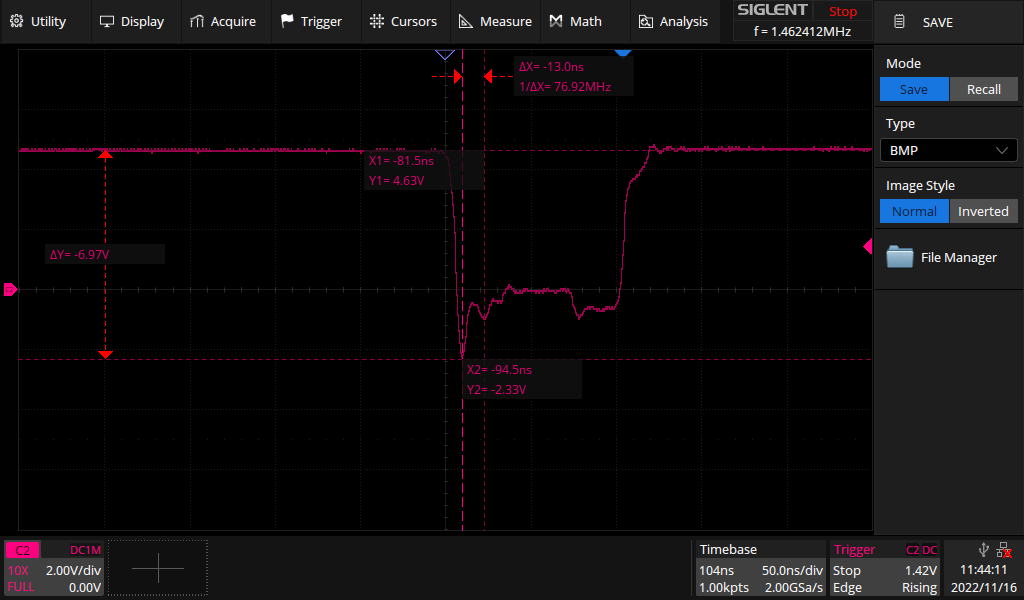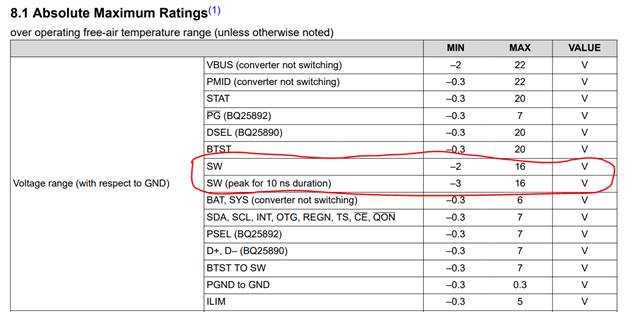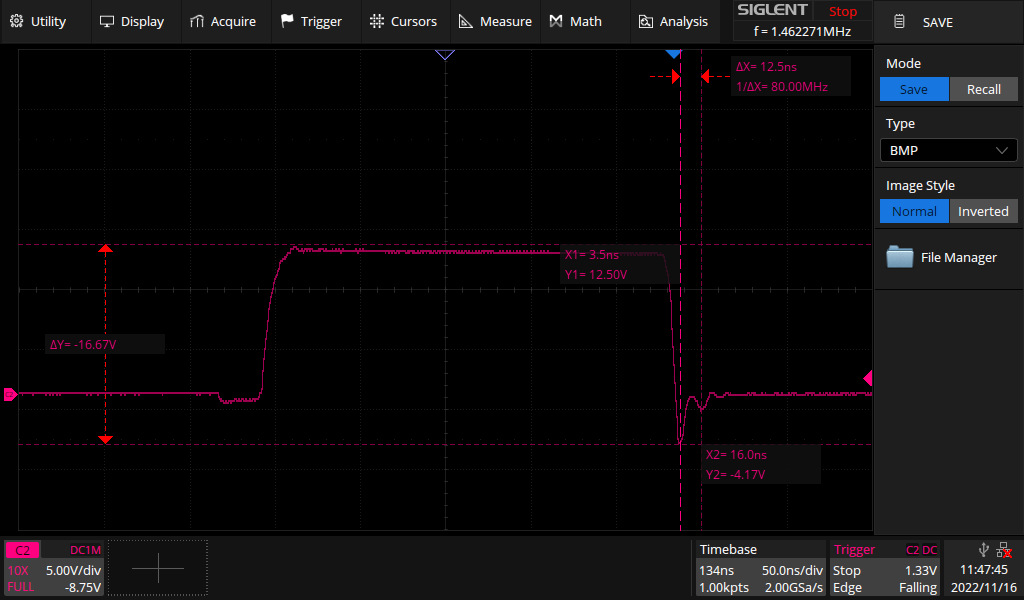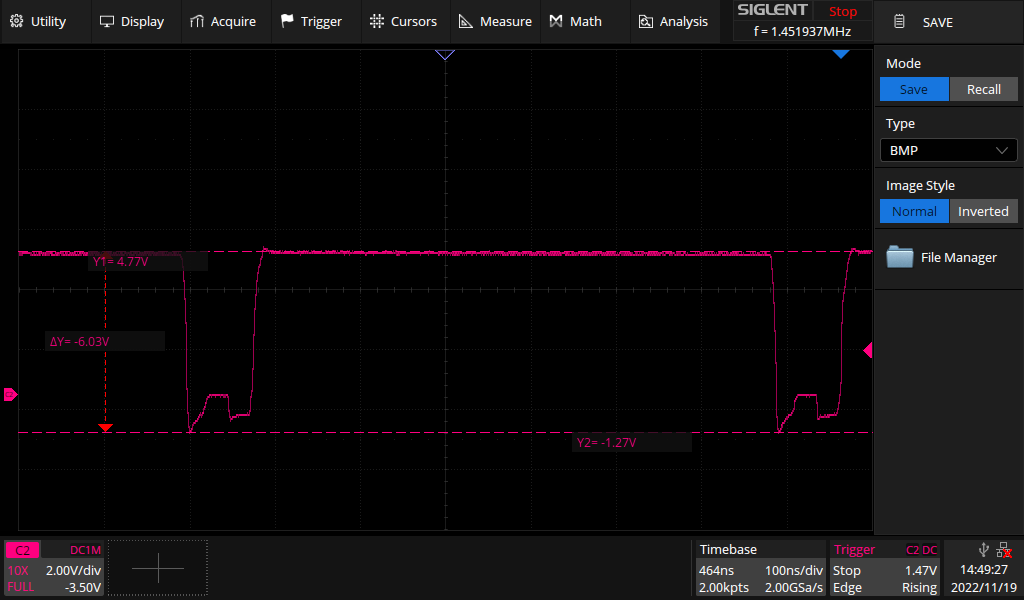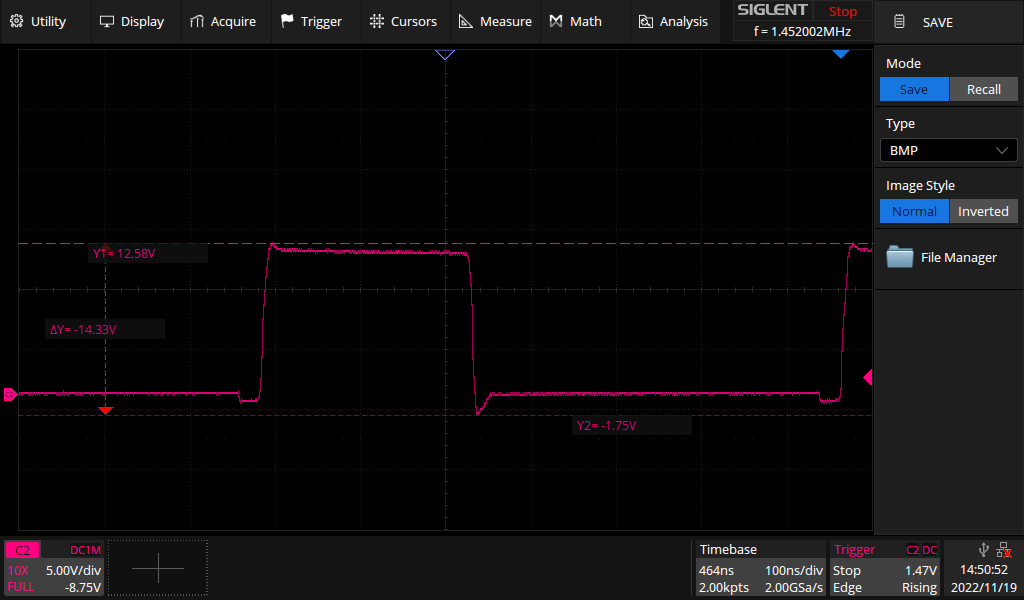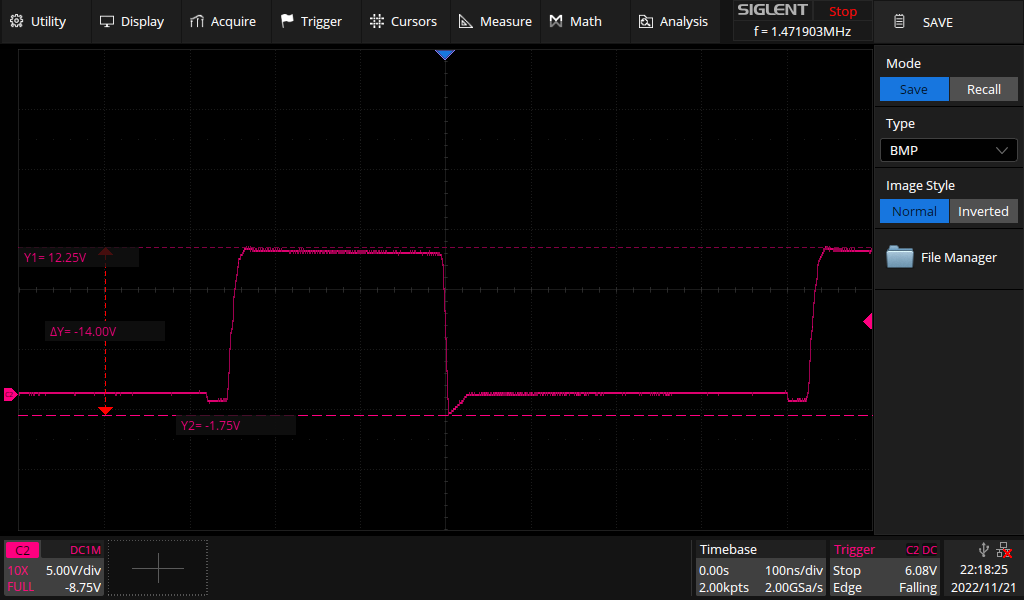Hi,
We just performed a pre-test of our product, and we have a problem passing the radiated emission test. Could you please perform a design review? I would appreciate to have it private if that's possible. I can give you some information to begin with.
Our product consists of two parts, both have the BQ25890 inside. We performed both radiated and conducte testing of both parts. See figures below.
Part 1 charges its own battery and provides charging power to part 2 when part 2 is docked to part 1
Part 1 battery is only charged when USB is plugged in.
Part 2 is the main unit and its battery is either charged by part 1, when prevoiusly mentioned docking, or when USB is plugged into part 2.
Part 1 radiated emission:
Situation 1: Part 1 has USB plugged in, and Part 2 is docked to it, hence part 1 is charging its own battery and providing charging power to part 2.
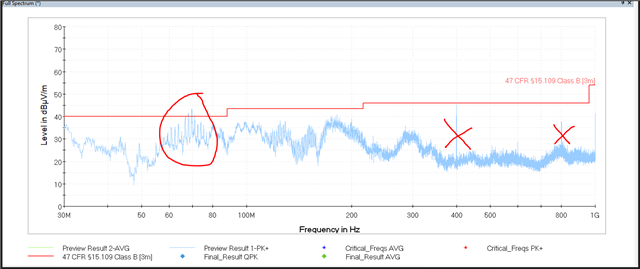
Please ignore the 400, 600 and 800 MHz spike, those are known unrelated issues.
We have a collection of spikes aorund 60-80 MHz and the spacing between them was ~1.5 MHz.
Situation 2: Part 1 providing charging power to part 2, USB not plugged in. Hence, the battery in part 1 is charging part 2:
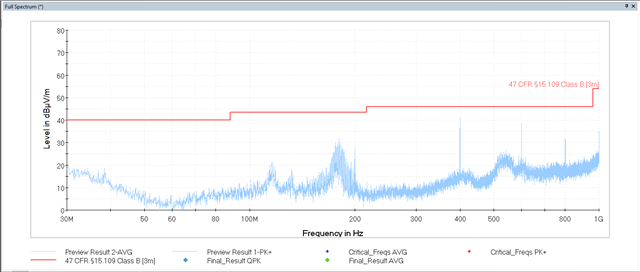
Nice and clean!
Situation 3: Part 1 has USB plugged in, and part 2 is NOT docked (not present in chamber). Hence, only charging its own battery.
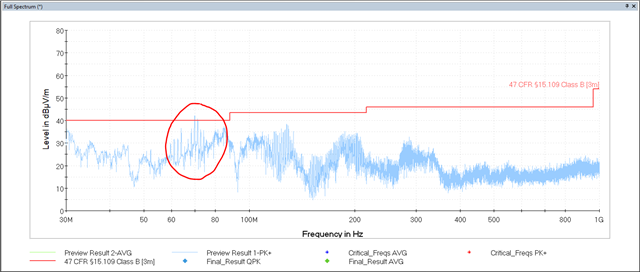
Still ~1.5 MHz spikes.
Part 1 conducted emission:
Situation: Part 1 is charged through USB. Part 2 not present.
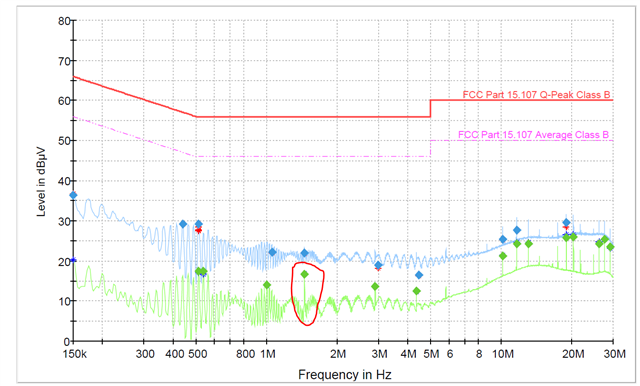
We can see the presence of ~1.5 MHz. And, alot of other spikes in the upper frequencies.
Part 2 radiated emission:
Situation: Part 2 is charged with USB plugged in. Remember that part 2 also uses BQ25890. Part 1 is not present in chamber.
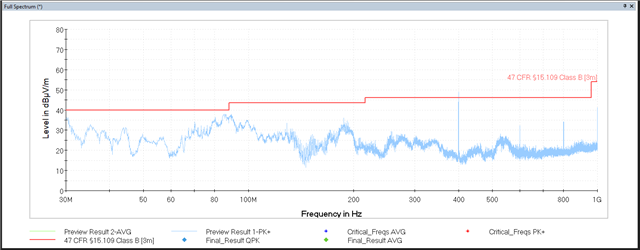
Here we don't see any ~1.5 MHz spikes. Although the 80-90 MHz is quite high.
Part 2 conudcted emission:
Situation: Part 2 is charged through USB. Part 1 not present.
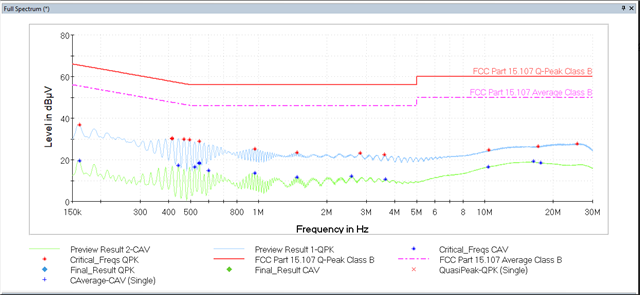
Ther are no spikes at ~1.5 MHz, and the upper frequencies are also quiter.
The schematic for these two BQ25890s are the same in terms of inductors and capacitors, there are some differences with certain discrete signals and the voltage input. However, the PCB layout is different. So I think theres something fishy about the layout on Part 1.
Can you please help me out here?
Best regards,
Sindre Georgsen


